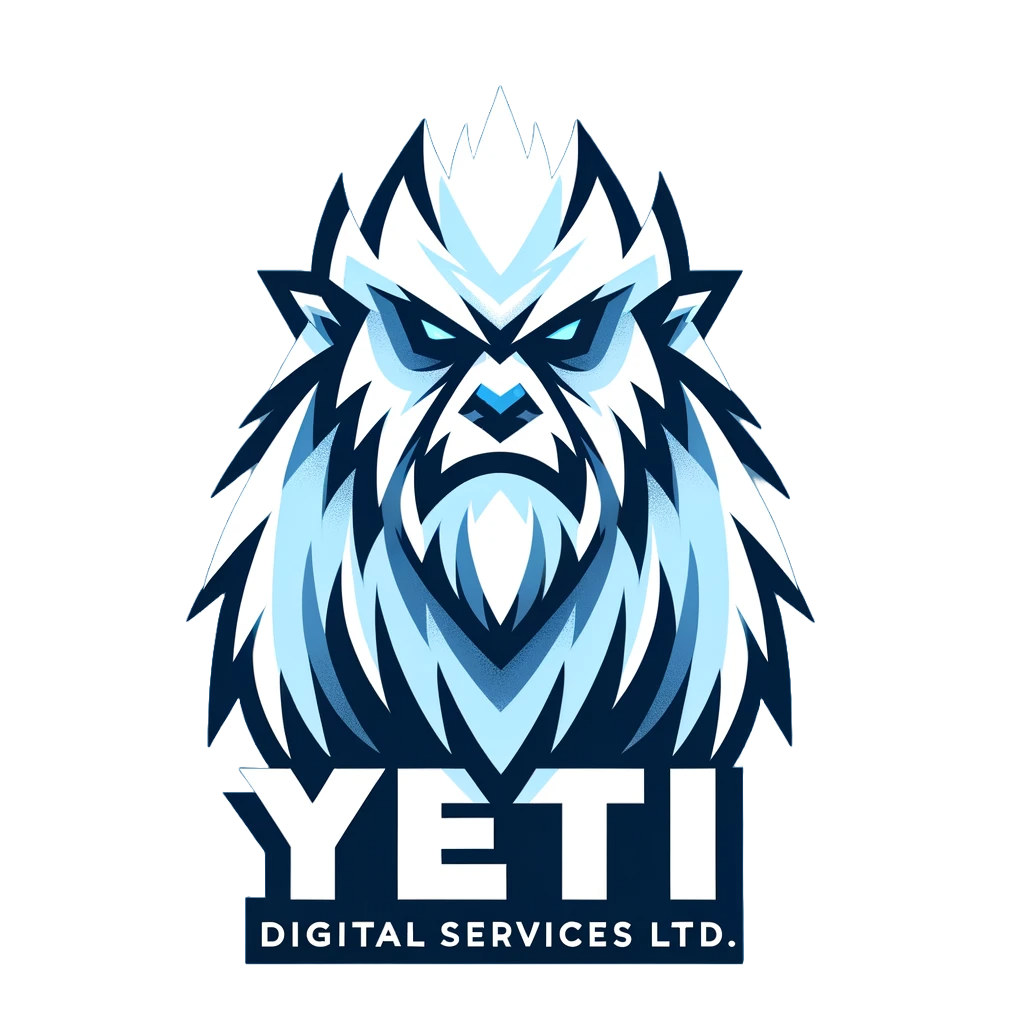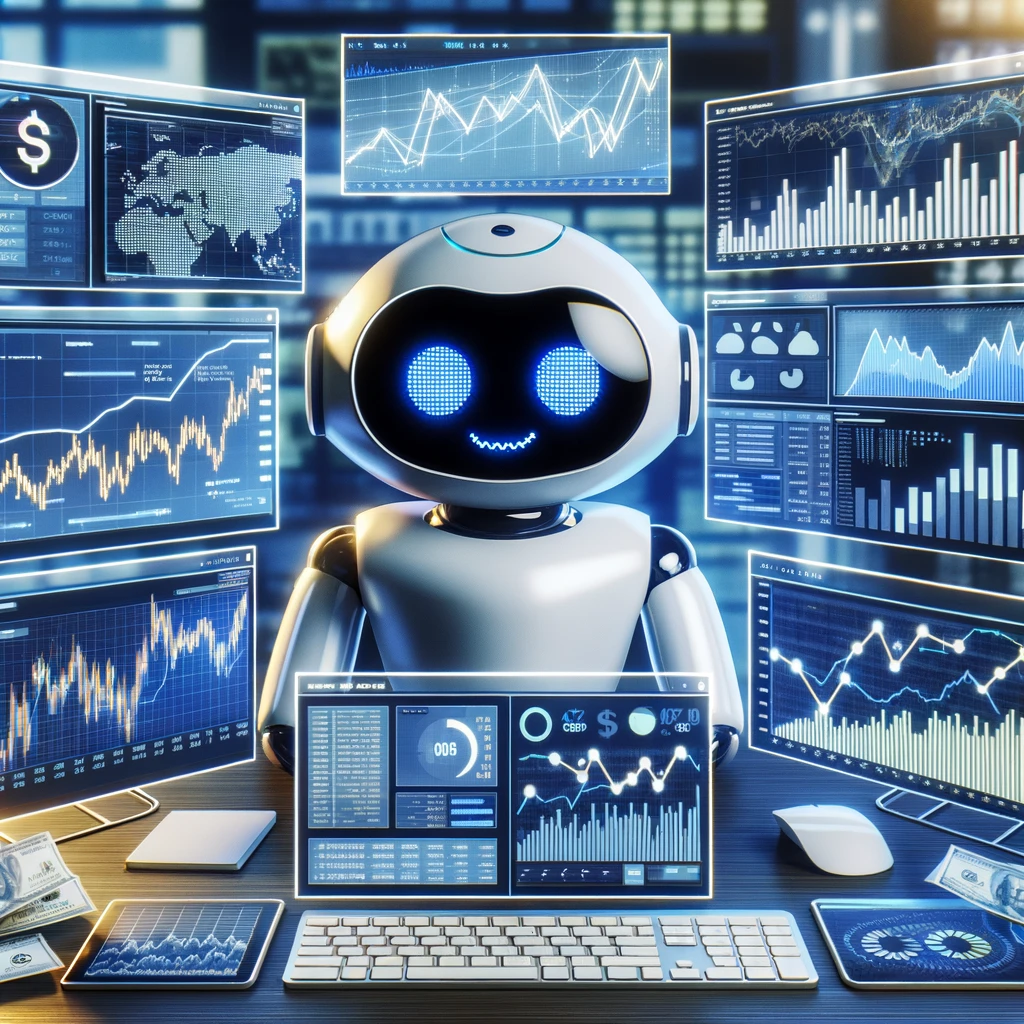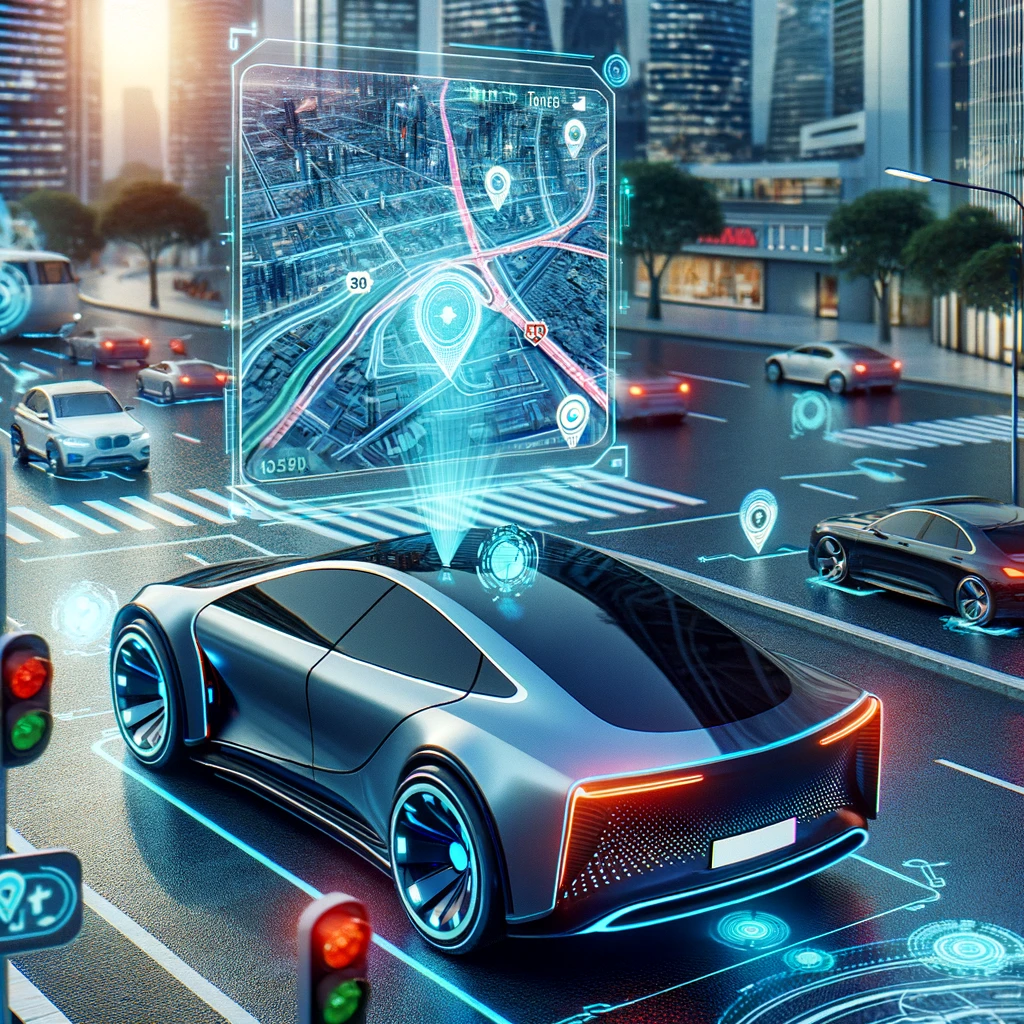Table of Contents
ToggleIntroduction
In today’s fast-paced digital world, businesses are constantly seeking ways to improve customer experience and streamline operations. One technology that has emerged as a game-changer is the chatbot. Powered by conversational AI, chatbots are revolutionizing the way companies interact with their customers, providing instant support, enhancing engagement, and driving efficiency.
Chatbots are computer programs designed to simulate human conversation through text or voice commands. By leveraging natural language processing (NLP) and machine learning algorithms, chatbots can understand and respond to customer inquiries in a natural, human-like manner. In this article, we will explore the numerous benefits of chatbots and how they are transforming customer service and boosting efficiency across industries.
The rise of chatbots in modern business
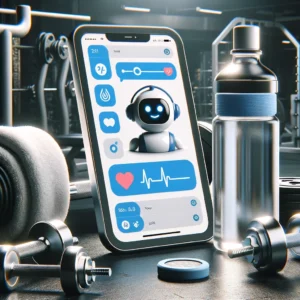 In recent years, chatbots have become increasingly popular among businesses of all sizes and industries. As companies strive to provide exceptional customer service while optimizing their operations, chatbots have emerged as a powerful tool to achieve these goals. The adoption of chatbots has been fueled by advancements in artificial intelligence, natural language processing, and machine learning technologies, making chatbots more sophisticated and effective than ever before.
In recent years, chatbots have become increasingly popular among businesses of all sizes and industries. As companies strive to provide exceptional customer service while optimizing their operations, chatbots have emerged as a powerful tool to achieve these goals. The adoption of chatbots has been fueled by advancements in artificial intelligence, natural language processing, and machine learning technologies, making chatbots more sophisticated and effective than ever before.
From startups to large enterprises, businesses are recognizing the potential of chatbots to streamline customer interactions, reduce response times, and provide 24/7 support. As a result, the chatbot market has experienced significant growth and is expected to continue expanding in the coming years, revolutionizing the way businesses engage with their customers and drive success in the digital age.
Here’s a brief explanation of chatbots and how they work: Chatbots are computer programs that simulate human conversation and provide automated responses to user inquiries. They operate through messaging platforms, websites, or mobile apps, allowing users to interact with them using natural language.
Chatbots rely on artificial intelligence (AI) technologies, such as natural language processing (NLP) and machine learning (ML). NLP enables chatbots to understand human language and recognize the intent behind user queries, while ML algorithms allow chatbots to learn from past interactions and improve their responses over time.
![]() When a user sends a message to a chatbot, the bot analyzes the input and identifies the most appropriate response based on predefined rules, algorithms, and training data. Chatbots can be rule-based, following a set of predefined rules, or AI-powered, utilizing advanced algorithms to understand the context and provide more personalized responses.
When a user sends a message to a chatbot, the bot analyzes the input and identifies the most appropriate response based on predefined rules, algorithms, and training data. Chatbots can be rule-based, following a set of predefined rules, or AI-powered, utilizing advanced algorithms to understand the context and provide more personalized responses.
Chatbots are revolutionizing customer service by providing 24/7 availability, instant responses, and personalized support. Through the power of conversational AI, they enhance website engagement, automate repetitive tasks, and boost overall business efficiency. As chatbot technology continues to advance, it is transforming the way companies interact with their customers, setting new standards for customer experience and satisfaction in the digital age.
Benefits of Chatbots
24/7 Availability
One of the most significant advantages of chatbots is their ability to provide round-the-clock customer support. Unlike human agents who work in shifts, chatbots can operate 24 hours a day, 7 days a week, without breaks or downtime. This means that customers can receive instant assistance whenever they  need it, regardless of their time zone or schedule. By offering 24/7 availability, businesses can significantly improve customer satisfaction and loyalty, as customers no longer have to wait for business hours to get their questions answered or issues resolved. This constant availability also helps to reduce response times, as chatbots can handle multiple inquiries simultaneously, ensuring that customers receive prompt and efficient support. Moreover, the 24/7 nature of chatbots enables businesses to expand their reach and cater to a global audience, providing support to customers across different time zones and geographies.
need it, regardless of their time zone or schedule. By offering 24/7 availability, businesses can significantly improve customer satisfaction and loyalty, as customers no longer have to wait for business hours to get their questions answered or issues resolved. This constant availability also helps to reduce response times, as chatbots can handle multiple inquiries simultaneously, ensuring that customers receive prompt and efficient support. Moreover, the 24/7 nature of chatbots enables businesses to expand their reach and cater to a global audience, providing support to customers across different time zones and geographies.
Chatbots provide round-the-clock customer support, ensuring that customers can receive assistance at any time, day or night. This 24/7 availability greatly enhances customer satisfaction, as users no longer have to wait for business hours to get their questions answered or issues resolved. By offering instant support, chatbots can significantly reduce response times and improve the overall customer experience.
Increased customer satisfaction and loyalty by providing 24/7 support and chatbots can significantly boost customer satisfaction and loyalty. When customers know they can rely on a business to provide instant assistance whenever they need it, they are more likely to feel valued and appreciated. This  positive experience can lead to increased trust and loyalty towards the brand. Satisfied customers are more inclined to make repeat purchases, recommend the business to others, and leave positive reviews. Moreover, by addressing customer concerns promptly and efficiently, chatbots can help to reduce frustration and prevent potential issues from escalating.
positive experience can lead to increased trust and loyalty towards the brand. Satisfied customers are more inclined to make repeat purchases, recommend the business to others, and leave positive reviews. Moreover, by addressing customer concerns promptly and efficiently, chatbots can help to reduce frustration and prevent potential issues from escalating.
This proactive approach to customer service can further enhance customer satisfaction and foster long-term relationships between the business and its customers. As a result, the implementation of chatbots can contribute to improved customer retention, higher customer lifetime value, and overall business growth.
Instant Responses
Chatbots offer immediate answers to customer inquiries, one of the key advantages of chatbots is their ability to provide instant responses to customer questions and concerns. Unlike human agents who may need time to research or consult with colleagues, chatbots can access a vast knowledge base and deliver accurate answers within seconds. This immediacy is crucial in today’s fast-paced digital landscape, where customers expect quick and efficient service. By providing prompt answers, chatbots can help to reduce customer frustration and improve their overall experience.
Reduced wait times and improved customer experience
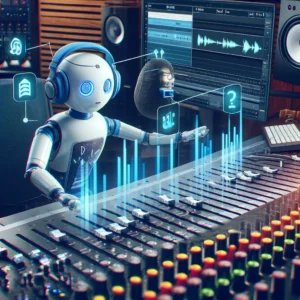 By offering immediate answers and 24/7 availability, chatbots significantly reduce the time customers spend waiting for assistance. This is particularly valuable during peak hours or when dealing with a high volume of inquiries. Instead of being placed on hold or waiting for an email response, customers can receive instant support through chatbots. This reduction in wait times directly translates to an improved customer experience, as customers can quickly get the information they need and move on with their day.
By offering immediate answers and 24/7 availability, chatbots significantly reduce the time customers spend waiting for assistance. This is particularly valuable during peak hours or when dealing with a high volume of inquiries. Instead of being placed on hold or waiting for an email response, customers can receive instant support through chatbots. This reduction in wait times directly translates to an improved customer experience, as customers can quickly get the information they need and move on with their day.
Cost-Effective Solution
Chatbots can handle multiple conversations simultaneously. Another significant advantage of chatbots is their ability to engage in multiple conversations at the same time. Unlike human agents who can only focus on one customer at a time, chatbots can efficiently manage numerous inquiries concurrently. This means that even during peak hours or when facing a sudden influx of questions, chatbots can provide prompt assistance to each customer without compromising the quality of service.
Reduced labor costs and increased operational efficiency
Chatbot technology offers businesses a cost-effective solution for optimizing their customer support processes. By implementing AI-powered chat on their websites, companies can significantly reduce labor costs associated with hiring and training human agents. Chatbots can handle a vast majority of routine inquiries and frequently asked questions, freeing up human agents to focus on more complex issues that require personalized attention. This streamlined approach enhances operational efficiency, as chatbots can provide instant assistance to customers 24/7, improving the overall website user experience.
Personalized Interactions
Chatbots can be programmed to provide personalized recommendations. In addition to offering  general support, chatbots can be designed to deliver personalized recommendations based on a customer’s preferences, past purchases, or browsing history. By leveraging AI and machine learning algorithms, chatbots can analyze user data to identify patterns and suggest products or services that align with each customer’s unique needs and interests. This level of personalization can greatly enhance the user experience, making customers feel valued and understood.
general support, chatbots can be designed to deliver personalized recommendations based on a customer’s preferences, past purchases, or browsing history. By leveraging AI and machine learning algorithms, chatbots can analyze user data to identify patterns and suggest products or services that align with each customer’s unique needs and interests. This level of personalization can greatly enhance the user experience, making customers feel valued and understood.
Chatbots can engage in conversational interactions, asking relevant questions to gather more information about the customer’s requirements and then providing tailored suggestions accordingly. This personalized approach not only increases the likelihood of a successful sale but also fosters a stronger connection between the customer and the brand. By delivering customized recommendations, chatbots can help businesses cross-sell and upsell products, boost customer engagement, and ultimately drive higher conversion rates.
Enhanced customer engagement and increased sales
Chatbots can significantly boost customer engagement on websites by providing personalized recommendations and 24/7 support through AI-powered chat. This enhanced user experience leads to increased customer satisfaction and loyalty, as customers feel valued and appreciated. As chatbot technology continues to advance, businesses can leverage these tools to optimize their customer support solutions and drive sales.
Chatbots and Website Engagement
Proactive Engagement
Chatbots can be programmed to initiate conversations with website visitors proactively, rather than waiting for customers to reach out first. This proactive engagement helps businesses capture the  attention of potential customers and guide them through the sales process. By greeting visitors, offering assistance, and providing relevant information based on their browsing behavior, chatbots can create a more engaging and interactive experience.
attention of potential customers and guide them through the sales process. By greeting visitors, offering assistance, and providing relevant information based on their browsing behavior, chatbots can create a more engaging and interactive experience.
Chatbots can initiate conversations with website visitors
One of the key benefits of chatbot technology is its ability to proactively engage with website visitors. Instead of waiting for customers to reach out, AI-powered chatbots can initiate conversations based on predefined triggers or user behavior. For example, if a visitor spends a certain amount of time on a specific product page, the chatbot can automatically send a message offering assistance or providing more information about the product. This proactive approach helps businesses capture the attention of potential customers who may have questions or concerns but haven’t yet reached out for support.
By initiating conversations, chatbots can create a more engaging and interactive website user experience, making visitors feel valued and encouraging them to explore further. This proactive engagement not only improves customer satisfaction but also increases the likelihood of conversions, as chatbots can guide visitors through the sales funnel and address any obstacles that may prevent them from making a purchase.
Increased visitor engagement and reduced bounce rates
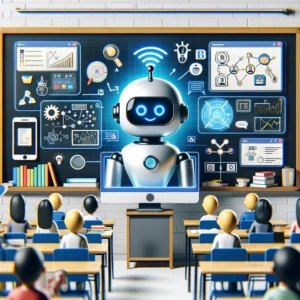 Chatbot technology has been proven to significantly increase visitor engagement on websites while simultaneously reducing bounce rates. By proactively initiating conversations and offering personalized assistance, AI-powered chatbots can capture the attention of website visitors and keep them engaged for longer periods. This increased engagement leads to a more interactive and satisfying user experience, as visitors feel supported and valued throughout their journey on the site.
Chatbot technology has been proven to significantly increase visitor engagement on websites while simultaneously reducing bounce rates. By proactively initiating conversations and offering personalized assistance, AI-powered chatbots can capture the attention of website visitors and keep them engaged for longer periods. This increased engagement leads to a more interactive and satisfying user experience, as visitors feel supported and valued throughout their journey on the site.
Guided Navigation
Chatbots can help visitors find the information they need quickly.
One of the primary advantages of implementing chatbot technology on websites is its ability to assist visitors in finding the information they seek promptly. By leveraging natural language processing (NLP) and machine learning algorithms, chatbots can understand and interpret user queries, providing accurate and relevant responses in real time. This eliminates the need for visitors to navigate through multiple pages or search for information manually, saving them valuable time and effort. Chatbots can be programmed with a comprehensive knowledge base, enabling them to answer a wide range of questions related to products, services, policies, and more
Improved user experience and increased time spent on the website
The implementation of chatbot technology on websites has been shown to significantly enhance the overall user experience, leading to increased visitor engagement and longer session durations. By providing instant, personalized assistance and facilitating seamless navigation, chatbots create a more interactive and satisfying environment for website visitors. When users can quickly find the information they need, have their questions answered promptly, and receive tailored recommendations, they are more likely to remain on the site and explore further.
Lead Generation
Chatbots can collect visitor information and generate leads.
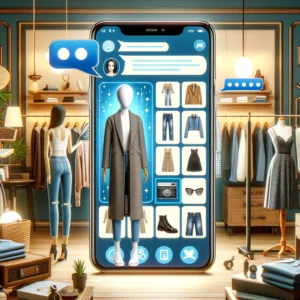 In addition to providing customer support and enhancing user experience, chatbots can also be leveraged as powerful tools for collecting visitor information and generating leads. By engaging in conversational interactions, chatbots can gather valuable data about visitors’ preferences, interests, and pain points. This information can be used to create targeted marketing campaigns, personalize product recommendations, and optimize website content for better conversion rates. Chatbots can be programmed to ask specific questions or offer incentives, such as discounts or exclusive content, in exchange for visitor information like email addresses or phone numbers.
In addition to providing customer support and enhancing user experience, chatbots can also be leveraged as powerful tools for collecting visitor information and generating leads. By engaging in conversational interactions, chatbots can gather valuable data about visitors’ preferences, interests, and pain points. This information can be used to create targeted marketing campaigns, personalize product recommendations, and optimize website content for better conversion rates. Chatbots can be programmed to ask specific questions or offer incentives, such as discounts or exclusive content, in exchange for visitor information like email addresses or phone numbers.
By capturing these details, businesses can build a robust lead database and nurture potential customers through the sales funnel. Chatbots can also qualify leads by asking qualifying questions and assessing visitor intent, ensuring that sales teams focus their efforts on the most promising prospects. By automating the lead generation process and collecting relevant visitor information, chatbots can significantly boost a website’s conversion rates and drive business growth.
Higher conversion rates and increased sales
The implementation of chatbot technology on websites has been proven to drive significant improvements in conversion rates and overall sales performance. By providing instant, personalized support, and guiding visitors through the purchasing process, chatbots can effectively address customer concerns, answer questions, and offer tailored recommendations. This proactive engagement helps to build trust and confidence in the brand, encouraging visitors to take desired actions, such as making a purchase or signing up for a service. Chatbots can also be programmed to identify and target high-value prospects, offering them exclusive promotions or discounts to incentivize conversions.
Chatbots and Customer Service Automation
Handling Repetitive Queries
One of the most significant advantages of implementing chatbot technology on websites is its ability to efficiently handle repetitive queries. Many businesses find that a large portion of customer inquiries 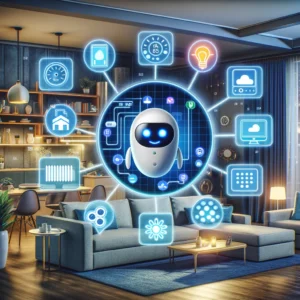 revolve around a limited set of common questions, such as those related to product specifications, shipping policies, or return procedures. Manually addressing these repetitive queries can be time-consuming and resource-intensive for customer support teams. However, chatbots can be programmed with a comprehensive knowledge base, enabling them to provide instant, accurate responses to frequently asked questions.
revolve around a limited set of common questions, such as those related to product specifications, shipping policies, or return procedures. Manually addressing these repetitive queries can be time-consuming and resource-intensive for customer support teams. However, chatbots can be programmed with a comprehensive knowledge base, enabling them to provide instant, accurate responses to frequently asked questions.
Chatbots can efficiently handle common customer questions
Chatbots have emerged as a powerful tool for businesses to streamline their customer support operations, particularly when it comes to addressing common customer inquiries. By leveraging artificial intelligence and natural language processing capabilities, chatbots can effectively understand and respond to a wide range of frequently asked questions. These questions often revolve around topics such as product information, pricing, shipping details, return policies, and general troubleshooting. Chatbots can be programmed with a comprehensive knowledge base that covers these common topics, enabling them to provide instant, accurate, and consistent responses to customer queries.
Reduced workload for human customer service representatives
The integration of chatbot technology into customer support operations has been shown to significantly reduce the workload of human customer service representatives. By automating the handling of repetitive and straightforward inquiries, chatbots can effectively tackle a substantial portion of the customer support volume. This allows human agents to focus their time and energy on more complex, high-value interactions that require emotional intelligence, problem-solving skills, and personalized attention. With chatbots addressing common questions and concerns, human representatives can dedicate their efforts to resolving unique or escalated issues, providing in-depth guidance, and fostering meaningful customer relationships.
Streamlining Customer Support
Chatbots can route complex issues to the appropriate human agent.
![]() In addition to handling common queries, chatbots can intelligently identify and route complex issues to the most suitable human agent for resolution. By analyzing user input and leveraging advanced natural language processing algorithms, chatbots can determine the nature and complexity of a customer’s problem. When the chatbot recognizes that a query falls outside its scope or requires human intervention, it can seamlessly transfer the conversation to a live agent with the appropriate skills and expertise.
In addition to handling common queries, chatbots can intelligently identify and route complex issues to the most suitable human agent for resolution. By analyzing user input and leveraging advanced natural language processing algorithms, chatbots can determine the nature and complexity of a customer’s problem. When the chatbot recognizes that a query falls outside its scope or requires human intervention, it can seamlessly transfer the conversation to a live agent with the appropriate skills and expertise.
Faster resolution times and improved customer satisfaction
The implementation of chatbot technology has been proven to significantly reduce resolution times and enhance overall customer satisfaction. By providing instant, accurate responses to common inquiries, chatbots eliminate the need for customers to wait for human assistance, resulting in faster issue resolution. This speed and efficiency are particularly valuable in today’s fast-paced digital landscape, where customers expect quick and seamless support experiences. When chatbots encounter complex issues that require human intervention, they can intelligently route the conversation to the most appropriate agent, ensuring that customers receive specialized assistance without undue delay.
Multilingual Support
Chatbots can be programmed to support multiple languages
One of the significant advantages of chatbot technology is its ability to be programmed to support multiple languages, enabling businesses to cater to a diverse, global customer base. By leveraging natural language processing and machine learning algorithms, chatbots can be trained to understand and respond to customer inquiries in various languages. This multilingual capability allows companies to provide efficient and effective customer support to users from different linguistic backgrounds, breaking down communication barriers and fostering a more inclusive user experience. Chatbots can be equipped with language detection features, automatically identifying the customer’s preferred language and adjusting their responses accordingly.
Expanded global reach and improved customer service for international customers
The integration of multilingual chatbots into customer support strategies enables businesses to extend their reach and provide exceptional service to international customers. By offering assistance in various languages, companies can effectively engage with and support a global audience, fostering a sense of inclusivity and cultural sensitivity. This expanded reach allows businesses to tap into new markets, attract a diverse customer base, and establish a strong international presence.
The Role of Conversational AI in Chatbots
Natural Language Processing (NLP)
Natural Language Processing (NLP) is a critical component of chatbot technology, enabling machines ![]() to understand, interpret, and generate human language. NLP combines linguistics, computer science, and artificial intelligence to analyze and process natural language data, allowing chatbots to engage in human-like conversations. By leveraging advanced NLP algorithms, chatbots can effectively understand user intent, extract relevant information from customer inquiries, and provide accurate and contextually appropriate responses.
to understand, interpret, and generate human language. NLP combines linguistics, computer science, and artificial intelligence to analyze and process natural language data, allowing chatbots to engage in human-like conversations. By leveraging advanced NLP algorithms, chatbots can effectively understand user intent, extract relevant information from customer inquiries, and provide accurate and contextually appropriate responses.
Chatbots can understand and interpret human language
One of the most remarkable features of modern chatbots is their ability to understand and interpret human language, thanks to advancements in Natural Language Processing (NLP) technology. NLP enables chatbots to analyze and comprehend the nuances, context, and intent behind user inquiries, allowing for more natural and human-like conversations. By leveraging sophisticated algorithms and machine learning models, chatbots can effectively process and interpret various aspects of human language, such as syntax, semantics, and sentiment.
More natural and intuitive conversations with customers.
The integration of advanced Natural Language Processing (NLP) technologies into chatbots has revolutionized the way businesses interact with their customers, enabling more natural and intuitive conversations. NLP allows chatbots to understand and interpret human language, including its nuances, context, and sentiment, making the communication between customers and chatbots feel more human-like and effortless. By leveraging sophisticated algorithms and machine learning models, chatbots can effectively process and respond to a wide range of customer inquiries, adapting to different sentence structures, idiomatic expressions, and colloquialisms.
Machine Learning
Chatbots can learn from past interactions and improve over time.
Thanks to machine learning and artificial intelligence, modern chatbots can learn and improve through ongoing interactions with users. By analyzing data from past conversations, chatbots refine their understanding of human language, user intent, and conversational patterns. This self-learning capability allows chatbots to adapt and provide more accurate, relevant, and personalized support over time, enhancing the overall user experience.
Continuously enhanced performance and accuracy
The integration of machine learning and AI in chatbots enables them to continuously enhance their performance and accuracy over time. By analyzing data from interactions with users, chatbots can identify patterns, extract insights, and refine their algorithms, leading to more accurate and relevant responses. This self-learning nature allows chatbots to adapt to evolving user needs, expand their knowledge base, and provide increasingly sophisticated and tailored support, resulting in higher customer satisfaction.
Sentiment Analysis
Chatbots can detect and respond to customer emotions.
 Modern chatbots can detect and respond to customer emotions using sentiment analysis and emotion recognition technologies. By analyzing the language, tone, and context of customer interactions, chatbots identify the emotional state of the user and adapt their responses accordingly. This emotional intelligence allows chatbots to provide a more empathetic and personalized experience, building trust and loyalty between the customer and the brand.
Modern chatbots can detect and respond to customer emotions using sentiment analysis and emotion recognition technologies. By analyzing the language, tone, and context of customer interactions, chatbots identify the emotional state of the user and adapt their responses accordingly. This emotional intelligence allows chatbots to provide a more empathetic and personalized experience, building trust and loyalty between the customer and the brand.
Improved empathy and personalized support
The integration of emotional intelligence and sentiment analysis technologies in chatbots has significantly improved their ability to provide empathetic and personalized support. By detecting customer emotions through language, tone, and context analysis, chatbots can tailor their responses and communication styles to better suit the customer’s needs and feelings. This level of personalization makes customers feel valued and understood, increasing their loyalty and trust in the brand.
Chatbots and Business Efficiency
Automation of Tasks
Chatbots can automate a wide range of tasks, streamlining processes and improving efficiency for businesses. By leveraging natural language processing (NLP) and machine learning (ML), chatbots can handle various customer interactions, from simple queries to complex issues, reducing the workload on human agents. Chatbots can automate FAQs, order tracking, appointment scheduling, and account management, providing consistent information and enabling businesses to scale their operations more effectively.
Chatbots can handle repetitive and time-consuming tasks
Chatbots can effectively handle repetitive and time-consuming tasks, such as checking account balances, tracking orders, or providing product information. By automating these routine interactions, chatbots reduce the workload on human agents, allowing them to focus on more complex and engaging tasks. Chatbots can handle these tasks 24/7, ensuring constant availability and improving the overall customer experience.
Increased productivity and reduced operational costs
Chatbots can significantly increase productivity and reduce operational costs by automating repetitive tasks and handling a large volume of customer interactions simultaneously. This automation allows businesses to scale their operations efficiently, reduce response times, and improve customer satisfaction. By minimizing the need for human agents, chatbots can help businesses optimize their workforce, reduce labor costs, and provide 24/7 support without additional expenses.
Integration with Existing Systems
Chatbots can be integrated with CRM and other business tools.
Chatbots can seamlessly integrate with customer relationship management (CRM) systems and other business tools, allowing them to access customer data and provide personalized experiences. By connecting with CRM platforms, chatbots can offer tailored recommendations and support based on customer purchase history and preferences. Integration with other tools, such as inventory management systems and payment gateways, enables chatbots to provide real-time information and streamline customer interactions across multiple channels.
Streamlined workflows and improved data management
Chatbots can streamline workflows and improve data management by automating tasks and centralizing customer interactions. Their ability to handle multiple inquiries simultaneously and follow predefined conversation flows ensures quick, consistent, and accurate responses. Chatbots also collect valuable customer data, which can be logged and stored in a centralized database, enabling businesses to make data-driven decisions and promote a more collaborative work environment.
Scalability
Chatbots can handle a large volume of conversations simultaneously.
 Chatbots can interact with hundreds or thousands of users concurrently, without any decrease in performance or quality of service, making them ideal for businesses dealing with high volumes of customer inquiries. By leveraging natural language processing (NLP) and machine learning (ML) algorithms, chatbots can provide instant support across various channels, 24/7, improving customer satisfaction and optimizing resources.
Chatbots can interact with hundreds or thousands of users concurrently, without any decrease in performance or quality of service, making them ideal for businesses dealing with high volumes of customer inquiries. By leveraging natural language processing (NLP) and machine learning (ML) algorithms, chatbots can provide instant support across various channels, 24/7, improving customer satisfaction and optimizing resources.
Easily scale customer support without increasing staff
Chatbots allow businesses to scale customer support without significant investments in human resources. By handling a large volume of inquiries simultaneously and operating 24/7, chatbots can accommodate sudden spikes in demand and provide continuous support across different time zones. This scalability helps businesses meet growing customer needs while maintaining a lean and efficient team.
Frequently Asked Questions (FAQ)
Q: Are chatbots capable of completely replacing human customer service representatives?
A: While chatbots can handle a significant portion of customer inquiries, they are not meant to completely replace human agents. Chatbots are best used to complement human support, handling repetitive and simple tasks, while complex issues are escalated to human representatives.
Q: How accurate are chatbots in understanding and responding to customer queries?
A: Chatbots’ accuracy depends on various factors, such as the quality of their programming, the complexity of the queries, and the amount of training data available. With advancements in natural language processing and machine learning, chatbots are becoming increasingly accurate in understanding and responding to customer queries.
Q: Can chatbots be personalized to match a company’s brand voice and tone?
A: Yes, chatbots can be customized to align with a company’s brand voice, tone, and personality. This is achieved through careful programming and the use of appropriate language, responses, and even visual elements like avatars or graphics.
Q: How secure are chatbots when it comes to handling sensitive customer information?
A: Chatbot security depends on the implementation and the security measures put in place by the company. Reputable chatbot providers prioritize data security and comply with relevant regulations such as GDPR. Companies should ensure that their chatbot solution follows best practices for data encryption, secure transmission, and storage.
Q: What is the process of implementing a chatbot on a website?
A: Implementing a chatbot typically involves several steps: defining the chatbot’s purpose and functionality, choosing a chatbot platform or development approach, designing the conversation flow, integrating the chatbot with the website and other systems, testing and refining the chatbot’s performance, and launching it to users. The process may vary depending on the complexity of the chatbot and the resources available.
Conclusion
Chatbots have emerged as a game-changing technology for customer support and engagement. By leveraging AI, NLP, and machine learning, chatbots offer benefits that streamline operations, improve customer satisfaction, and drive growth. Integration with CRM systems and other tools enables centralized customer data, insights, and data-driven decision-making. Chatbots’ scalability allows businesses to meet growing demands without significant investments in human resources while automating routine tasks and providing 24/7 support. As chatbot technology evolves, it will play a crucial role in shaping the future of customer support and engagement, helping businesses deliver exceptional experiences and thrive in the digital age.
